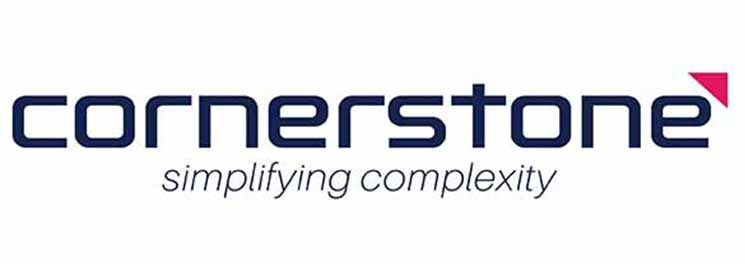By Nikita Atkins, Cornerstone Principal Consultant
If I had a dollar for every time I was asked to design a dashboard, I would be a very rich person by now. The truth of the matter is, although managers and decision makers are drawn to dashboards, they are seldomely used to deliver break-through insights, analysis and decision making.
Many dashboards suffer from similar problems, including:
- Information Overload: users feel inundated with the amount of information that is contained in dashboards. Often users find themselves confronted with a jumbled mess of graphic data points and large tables, which they need to plough through to uncover any real insights.
- Static (or near Static) Information: which means that employees find it very hard to dynamically filter, search, zoom and analyse information to uncover insights.
- Historical Perspectives: or at best current (real time) information whose value is already diminished by the time it is consumed on a dashboard.
- Clunky User Interface: by far this is one of the biggest problems, with many dashboards and reports not taking into consideration how employees perceive, interact and digest information.
- One Size Fits All: with a lack of visual customisation, personalisation and focus.
- Inefficient & Misleading Graphical Representation: often resulting in wrong conclusions and decisions.
- Developer’s View of what is Important: which is not always aligned to the changing needs of the business.
- Stuck in a Single Paradigm: most dashboards are stuck in the traditional Business Intelligence, enterprise reporting and static paradigms, rather than taking full advantage for the breadth of analytical tools and techniques available to organisations.
- Lack of Integration: with the exception of some minor drill through paths, most dashboards are not integrated back into a company’s analytical framework or business processes.
What has become clear is that simply visualising information is no longer enough. What is needed are new tools and techniques that combine data visualisation, data management, business analytics, data mining and human centric design … and here it is, Visual Analytics.
What is Visual Analytics?
Visual Analytics (VA), is the development of interactive analytical applications to improve business analysis, discover hidden insights and improve decision making.
The idea behind Visual Analytics is to combine the strengths of automatic business analytics with the visual perception and analysis capabilities of the human user. It uses visualisations, human centric design and data analysis techniques to help employees uncover insights from complex and dynamic information, especially in big data sets.
Visual Analytics can be summed up by the following mantra:
1. Initial Analysis
2. Highlight the Critical & Important
3. Explore, Filter & Zoom
4. Drill to Details on Demand
Visual Analytics is the next evolutionary step for digital dashboards and data visualisation techniques, to provide organisations a competitive advantage, by using the visual aspects of its human and computer assets to their full potential.
How will Visual Analytics change the way you do business?
Visual Analytics has the power to transform the way you and your employees conduct its business.
Some of the biggest use cases for Visual Analytics include:
- Big Data: the ability to represent large quantities of data on a screen via
- Unique & Dynamic Visualisations
- Focus & Filter
- Summarisation
- Meta-Models & Synthesisation of Data
- Factorisation & Correlation
- Focus: using visual analytics to create different ways to focus.
- Pattern Finding: dynamic discovery of patterns in data including similarities, anomalies, relationships, exceptions and outliers.
- Confirmation and Verifications: using visual analytics to test the validity of a hypothesis.
- Simulation & Prediction: allows users to analyse the impact of decisions along with forecasting based on expected future events.
- Intelligent User Interfaces: developing a dynamic presentation layer based on human centric design principles, visual analytics breaks down the barriers of traditional BI tools, to provide users with critical capabilities at their fingertips during the analytical / decision making process.
- Customisation: allowing users to customise the interface based on their role, responsibilities and priorities.
Industries
Visual Analytics is not a new area of scientific research; rather it has already been identified as a competitive advantage by those industries and business functions that have to deal with significant amounts of data. These include:
- Biotechnology and Health – including medical imaging, gene mapping and epidemic analysis
- Mining and Utilities – especially complex visual analytics required for engineering and survey information
- Banking and Finance – including new innovative ways to visual general ledger and fraud analysis
- Marketing – including advanced geospatial analysis, social network analysis, customer relationship analysis and behaviour
Next Blog
In my next blog I will discuss the most important aspect of Visual Analytics … people, and the importance of human centric design to support visual analytics.



